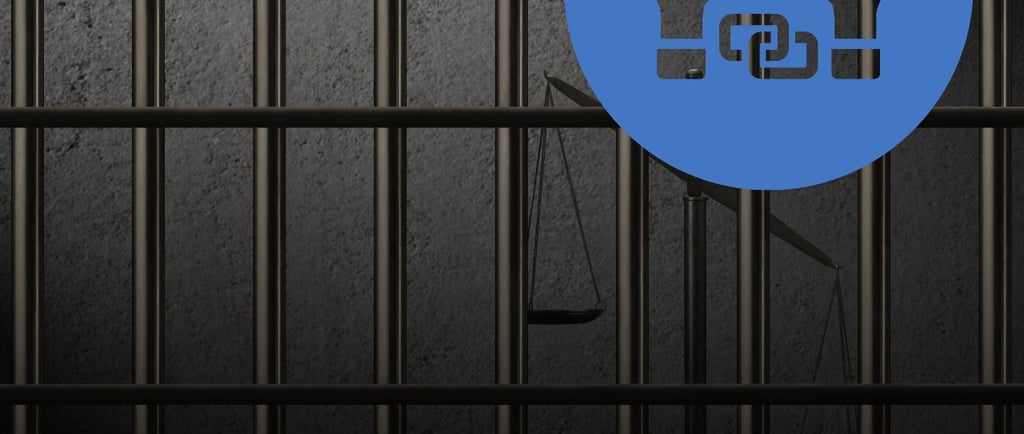Supreme Court Acquits All Accused in High-Profile Murder Case, Slams Conviction Based on Police Testimony and Hostile Witness Statements
In a judgment that sharply criticizes investigative lapses and reliance on inadmissible evidence, the Supreme Court of India on May 9, 2025, acquitted all six accused in a sensational 2011 murder case, overturning the Karnataka High Court's conviction. The top court emphasized that the entire prosecution case was built on inadmissible statements under Section 161 CrPC and unproven "voluntary" confessions—neither of which, it said, could justify a conviction.
5/20/20254 min read


The case involved the murder of an employee of a prominent educational institution in Karnataka, allegedly motivated by a property dispute between two brothers—one of whom, A1 (Renuka Prasad), was accused of orchestrating the crime with the help of associates and hired killers. Despite initial arrests and elaborate investigation, the Supreme Court found that the prosecution failed at trial to produce any legally admissible evidence linking the accused to the crime.
Case Background:
On April 28, 2011, the victim was hacked to death in front of his teenage son (PW8), who immediately filed a complaint. The police alleged that the murder was a fallout of a bitter property division between A1 and his brother, PW4. The deceased had sided with PW4, thereby earning A1’s wrath. A1, with help from his associates (A2 to A4), allegedly hired A5 and A6 through an advocate (A7) to execute the killing.
The case went to trial with 87 prosecution witnesses, but a staggering 71 of them—including eye-witnesses—turned hostile. The trial court acquitted all accused, citing lack of evidence. The High Court, however, reversed the acquittals for A1 to A6, convicting them under Section 302 read with 120B IPC (murder with conspiracy), while upholding the acquittal of A7.
Supreme Court’s Analysis:
Justice K. Vinod Chandran, writing the judgment for the bench also comprising Justice Sudhanshu Dhulia, launched a detailed dissection of the High Court’s reasoning. The Court expressed grave concern over the High Court’s heavy reliance on police testimonies, especially the Investigating Officers (IOs), who merely recited what witnesses had stated under Section 161 CrPC—statements which those very witnesses later disowned during trial.
“Statements under Section 161 CrPC are not substantive evidence and cannot be relied upon to convict an accused unless the witness affirms them in court,” the Court reiterated, citing multiple precedents including Rajendra Singh v. State of U.P. and Kali Ram v. State of H.P.
PW8, the victim's son and the only alleged eyewitness, failed to identify the assailants in court, although his initial complaint suggested he could. The Supreme Court noted that the prosecution made no effort to confront PW8 with the clothes or weapons recovered. Neither PW1 nor PW9, who were first to arrive at the crime scene, could identify the attackers.
Further, the motive—sibling rivalry and business enmity—was not proven at trial. PW4, the brother of A1 and a key witness, denied any long-standing feud and disowned a crucial letter (MO40) allegedly linking A1 to the conspiracy. The letter had been marked only through the IO, rendering it inadmissible without proper authentication.
Hostile Witnesses and Flawed Reliance on Police:
Virtually all civilian and circumstantial witnesses turned hostile. This included family members, neighbours, employees of the institutions owned by A1 and PW4, and even panch witnesses who had attested to alleged recoveries. The Court observed that this led the High Court to rely extensively on the Investigating Officers' testimony—a move it termed "egregiously wrong".
The bench observed:
“Though reliance is said to be placed on the testimony of the IOs, this would in fact be reliance on Section 161 statements as spoken of by the IOs which is egregiously wrong.”
The Court criticized the High Court for relying on mere presumption to suggest the witnesses had turned hostile due to coercion or influence, without any legal foundation to support such a conclusion.
On Confessions and Recoveries:
One of the most scathing parts of the judgment addressed the use of confession statements and the applicability of Section 27 of the Indian Evidence Act. The High Court had accepted voluntary confessions that led to the recovery of machetes and blood-stained clothes allegedly used in the murder.
The Supreme Court disagreed, explaining that:
The confessions were made by A3, who was not accused of committing the murder but merely of conspiracy.
The recovered clothes and weapons were never proven to belong to A5 and A6, the alleged killers. There was no fitting test or other corroborative evidence.
No direct link was established between the objects recovered and the accused.
Relying heavily on Pulukuri Kottaya v. Emperor, the Court held that a confession can only be used to the extent it leads to the discovery of a fact, not as proof of guilt unless further linked by admissible evidence. “Discovery” must relate to a new fact unknown to police, not merely the identification of an already known object.
Lack of Legal Evidence:
The Court concluded that:
“We find absolutely no reason to sustain the conviction… the only view that comes forth is that the prosecution completely failed to prove the allegations… more by reason of all the witnesses having turned hostile.”
It also criticized the High Court for relying on moral reasoning rather than legal evidence, emphasizing that courts cannot convict on suspicion or frustration when faced with an unsolved crime.
Final Order:
The Supreme Court restored the trial court’s acquittal, released all accused if not required in any other case, and cancelled their bail bonds.
Conclusion:
This judgment is a stern reminder of the foundational principles of criminal justice: presumption of innocence, burden of proof, and the inadmissibility of hearsay and coerced statements. While the Court expressed anguish at a gruesome murder going unpunished, it remained steadfast in upholding the rule of law, resisting the temptation to convict merely on conjecture.
The verdict also exposes systemic issues such as witness intimidation or inducement and flawed investigations—concerns that continue to plague the Indian criminal justice system.
